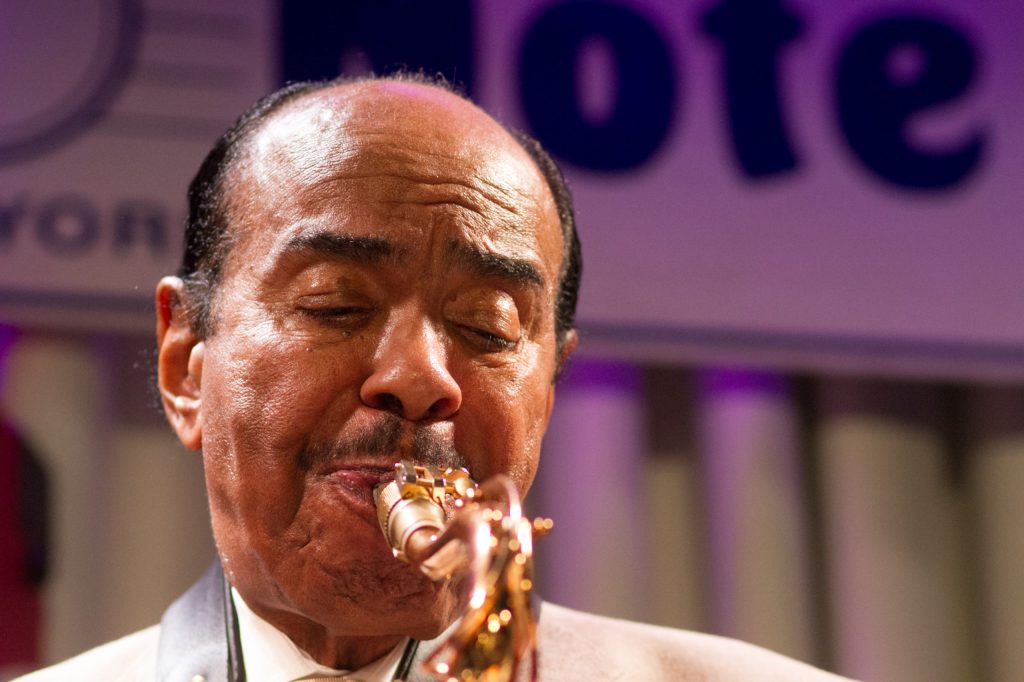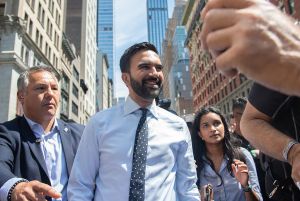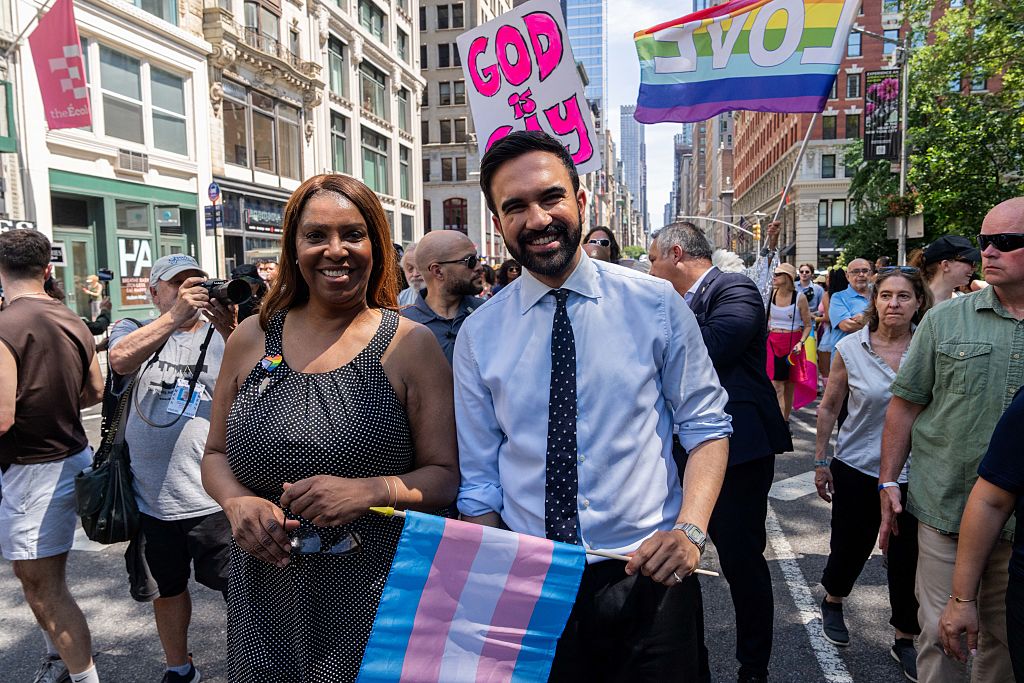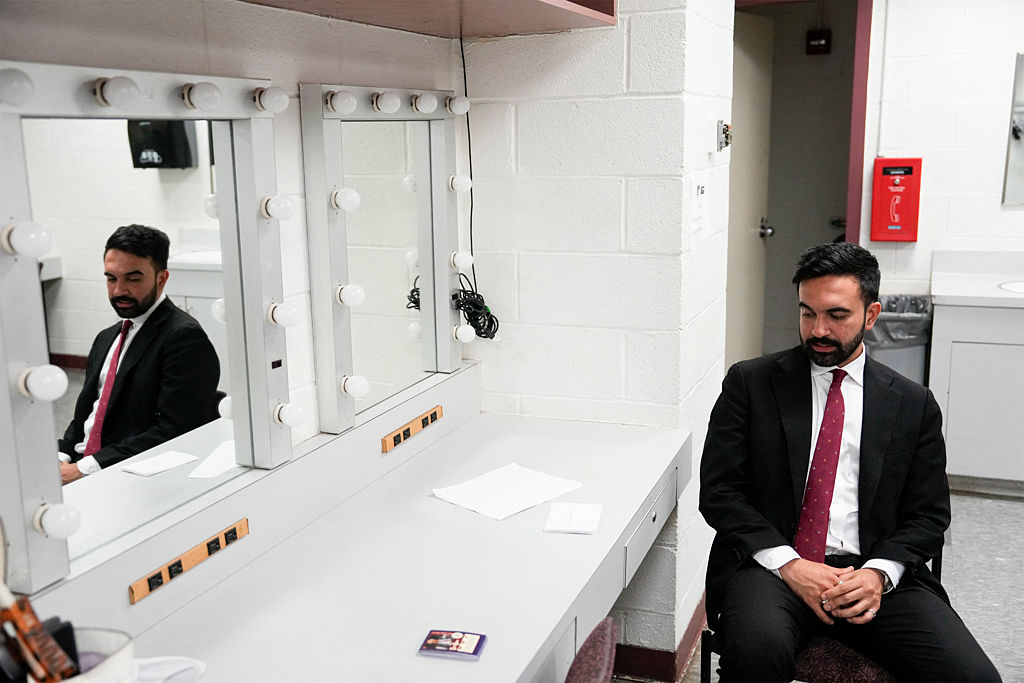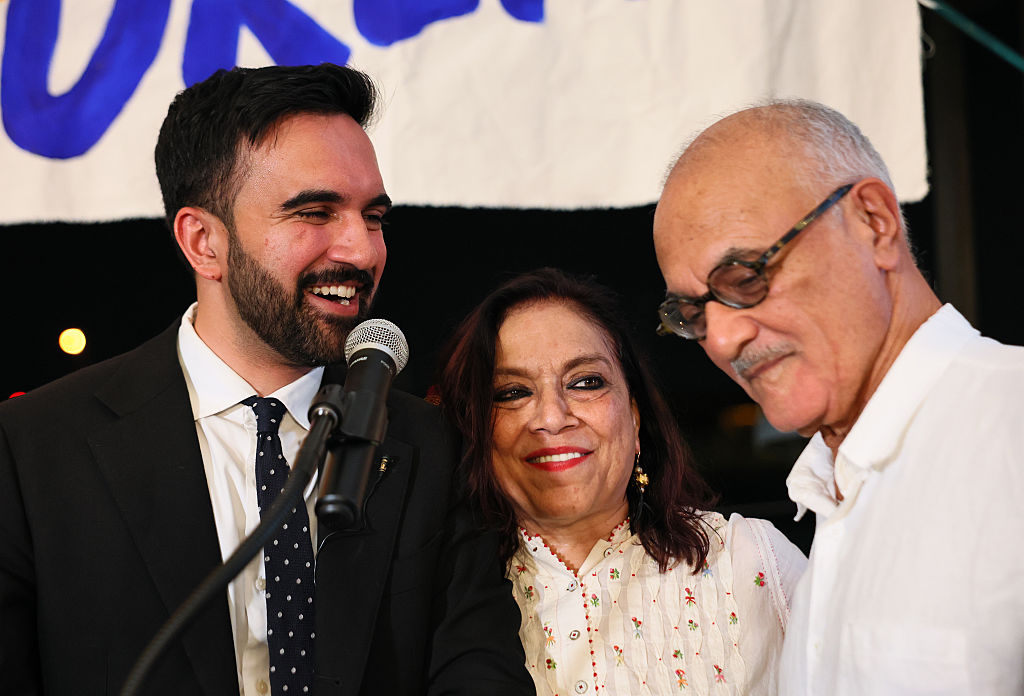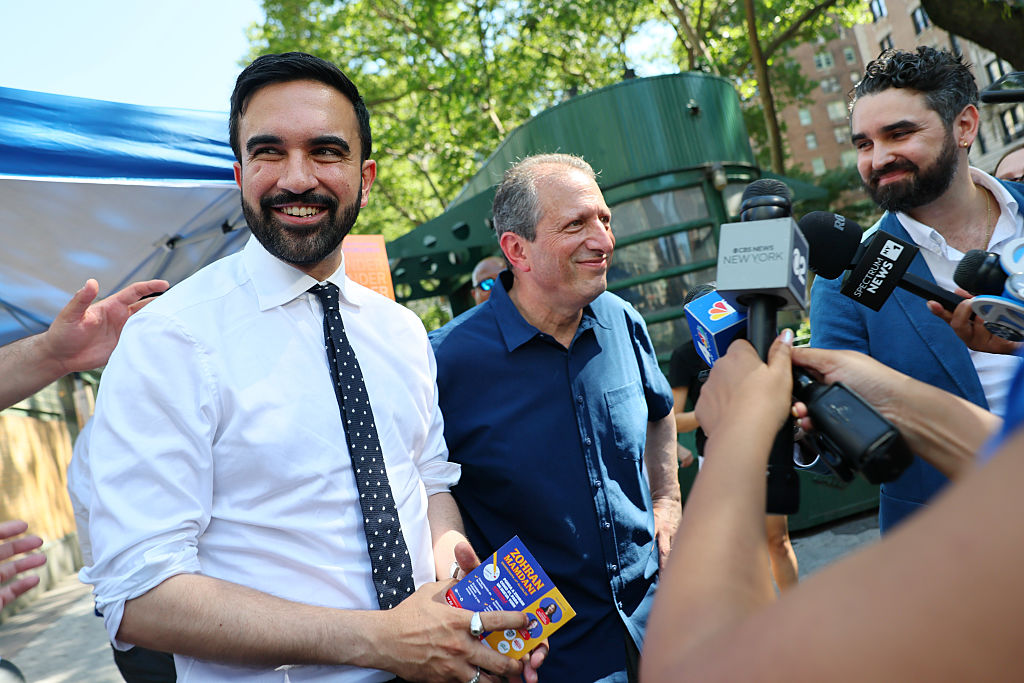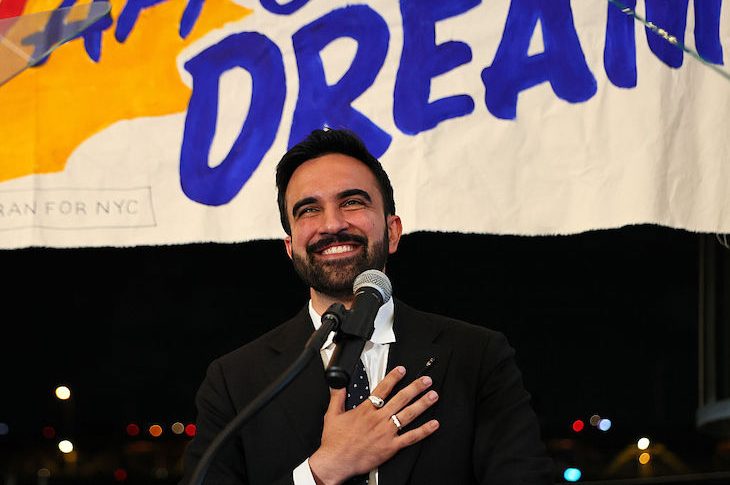In Stephen Spielberg’s 2004 comedy The Terminal, Viktor Navorski (Tom Hanks) is a native of Krakozhia, a small eastern European country engulfed in civil war. When Navorski lands at JFK, he discovers that his passport is invalid as America does not recognize Krakozhia’s new regime. He’s stuck in the airport for months and unable to accomplish his mission: completing his father’s quest to obtain the autographs of all 57 musicians in Art Kane’s 1958 photograph ‘A Great Day in Harlem’, a who’s who of jazz greats (including Count Basie, Coleman Hawkins, Dizzy Gillespie and Thelonious Monk), captured on East 126th Street in daylight without their instruments.
Navorski’s final target autograph is that of Benny Golson, the tenor saxophonist, composer and arranger who cut his teeth playing with Benny Goodman, Tadd Dameron, Art Blakey and Lionel Hampton. At the end of The Terminal, Navorski sneaks into New York City, hears Golson, secures the John Hancock and then announces, ‘I am going home’.
As it happens, I went on a similar mission the other evening to Blues Alley in Washington, DC. I not only heard the 91-year-old Golson leading a stellar ensemble through his standards, including ‘Whisper Not’ and ‘I Remember Clifford’, but also asked the tenorman to sign The Other Side of Benny Golson, an LP that he recorded for Riverside in 1958 (the year, incidentally, that he also recorded Moanin’ on Blue Note with Art Blakey’s Jazz Messengers).
Golson didn’t miss a beat. ‘Sure!’ he responded as he sat on a chair near the bar after his first set. When I mentioned that I own a number of his other albums, his face lit up with delight, and we discussed his wonderful 1984 tribute This Is For You, John.
That’s John as in Coltrane. Taking the stand, Golson, who was born in 1929, confided that he would regale the packed house with tales from yesteryear. These included how Miles Davis discovered Coltrane. When Davis hired the drummer Philly Joe Jones in 1955, he asked Jones if he knew of a saxophonist. Jones mentioned a fellow named Coltrane. ‘Can he play?’ Davis asked.
‘In what was probably the understatement of a lifetime,’ Golson said, ‘Philly responded, “Mm-hmmm”.’
Philadelphia, where Golson grew up, was a jazz mecca. While still at high school, he played with Jones, Coltrane, the pianist Red Garland and the Heath brothers Jimmy (tenor sax) and Percy (bass), all of whom went on to work for Davis. Miles, we learned, gave Golson his breakout as a composer by recording his tune ‘Stablemates’ in 1955. With Jimmy Heath’s death this past January, Golson truly is the last of the bebop legends.
‘I was pretty green,’ Golson recalled as he recounted traveling to New York to play with Dizzy Gillespie in the mid-Fifties. He was ‘captivated and perplexed’, he said, by the men in the clubs back then who were ‘dressed in silk suits, wore pinkie rings, alligator shoes’ and had a woman on one arm, ‘sometimes two’, dressed in furs. ‘They never seemed to work,’ he exclaimed. How did they support themselves? ‘The women work for the men,’ a bandmate explained.
‘Stenographers?’ Golson guessed. When he finally got it, he felt compelled to write a song and worked at a melody over two chords from nine in the morning to nine at night. In the evening, he asked his wife what she thought. ‘It’ll never work,’ she said. ‘Too monotonous.’ The song became a standard, ‘Killer Joe’, about a ‘real bad cat’ who, as the lyrics go, specializes in ‘fast talkin’, goodlookin’ flim-flam jive’.
Golson was dressed to the nines at Blues Alley — dark-blue jacket, large white pocket handkerchief — but there was no jive or flim-flam in his band’s performance. He’s a droll speaker, and it was deeply moving to see him raise his tenor sax and open with a sublimely breathy rendition of ‘Whisper Not’. A time machine? No. This isn’t a revival band; rather, a dynamic reinterpretation anchored by Golson’s warm and evocative sound.
There were no Coltrane-ish sheets of sound that evening, only mesmerizing musicianship all the way. ‘Talk to me!’ Golson jocularly yelled at his bassist at one point. Golson wasn’t whispering, but making his joy at performing palpably obvious. He concluded with some remarks about the differences between classical music, ‘where they play the same notes over and over’, and jazz, where, on a good night, the musicians seek to rocket into ‘unoccupied airspace’. On that night, he did — and he took us with him.



